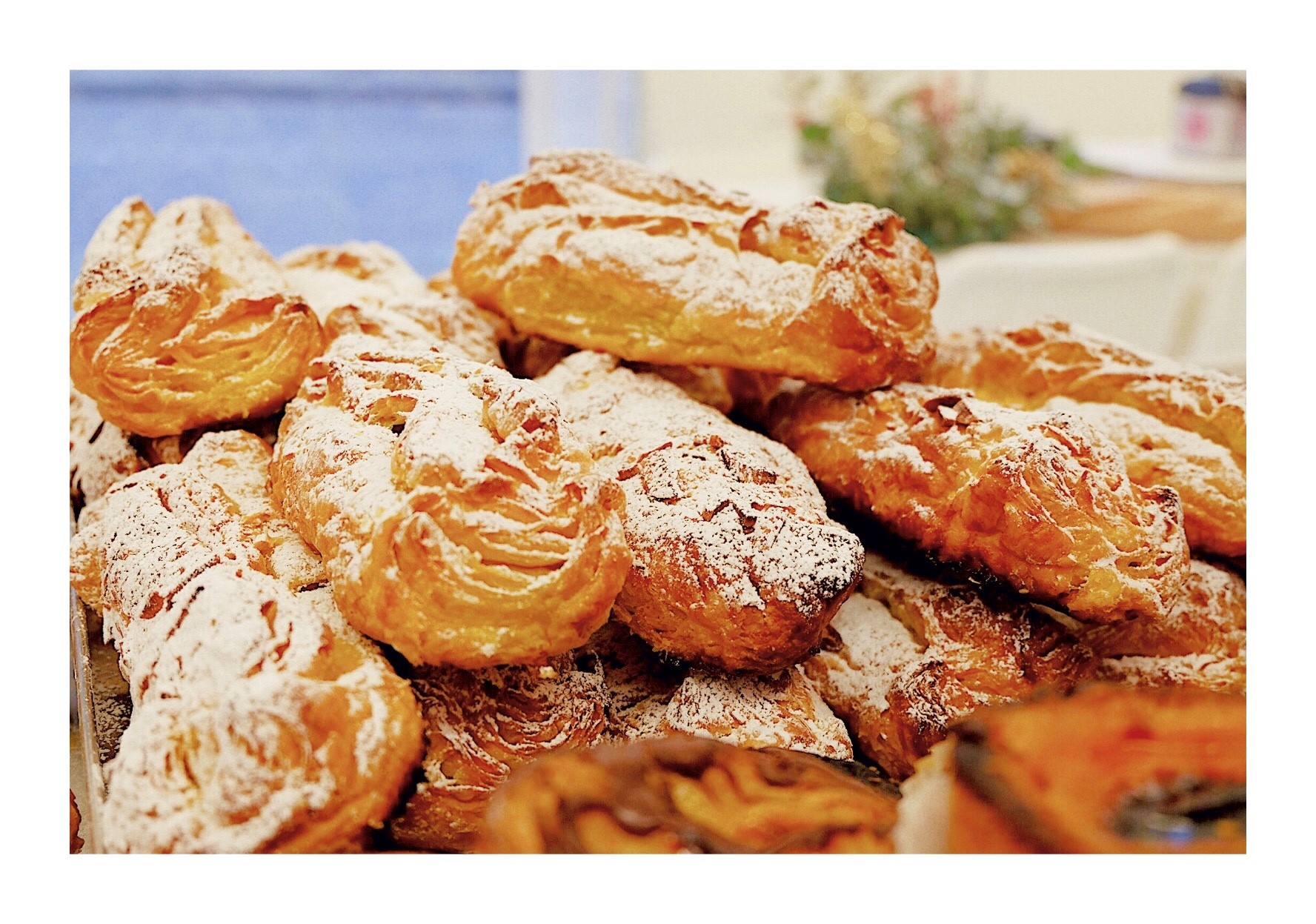Guimarães is proud of the richness of its built heritage, specifically the Historic Center, recognized by UNESCO as a World Heritage Site. This level of excellence is closely linked to intangible heritage and cultural legacy, with Traditional Gastronomy being a striking and differentiating element, with specific cooking methods, where the use of local ingredients is privileged.
The Convent of Santa Clara de Guimarães was not only a house of seclusion, but also a center for creating and making high-quality sweets. Two strong reasons contributed to this. The first was survival: the meager income was not enough to cover expenses and, to solve this problem, the nuns’ confectionery skills were used to sell the products to wealthy families. The second was of a practical nature: it was necessary to drain the remaining egg yolks from the whites used in the starch used to starch the habits.
In 1724, the archbishop of Braga “ordered each nun not to make more than 9 arrobas of sweets annually” because the nuns were neglecting their spiritual obligations. After the extinction of the convents in 1834, as part of the “general ecclesiastical reform” undertaken by the Minister and Secretary of State, the secular maids returned to their homes and took with them the pie recipes.
News has reached us of an endless original script, but always kept secret and never put on paper. There is no recipe for many of the sweets contained in the documents. Some reached us, including Toucinho do Céu and Tortas de Guimarãestwo of the specialties that everyone recognizes from the city.
As the ingredients of choice, convent sweets have three elements: sugar, egg yolks and almonds.
Still in terms of desserts, although the highlight is undoubtedly the artisanal convent sweets that can be enjoyed in the city center, Guimarães has many other delicacies, such as Brisas, Douradinhas and even traditional sweets from the Christmas season.

 Northern Portugal
Northern Portugal







 Municipio de Guimarães
Municipio de Guimarães